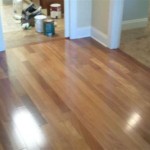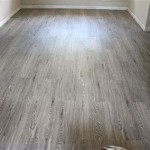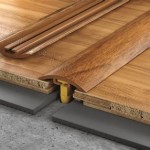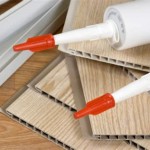When it comes to home renovation projects, one of the most challenging aspects is dealing with water under vinyl flooring on concrete. Water can cause a range of problems, including the growth of mold and mildew, damage to the underlying concrete, and even failure of the vinyl flooring itself. Fortunately, there are some things that you can do to prevent and address water problems under your vinyl flooring on concrete.
Identifying The Source of Water
The first step in solving any water problem is to identify the source of the water. In the case of water under vinyl flooring on concrete, the source could be a wide range of things. It could be something as simple as a leaking pipe or a high water table, or it could be something more complex like a cracked foundation or an underground water leak. Once you have identified the source of the water, you can then take steps to address the issue.
Stopping the Water
Once you have identified the source of the water, the next step is to take steps to stop the water from entering the area. This could mean repairing or replacing the leaking pipe, filling in cracks in the foundation, or installing a French drain to divert the water away from the area. Depending on the source of the water, there are a variety of solutions that you can use to stop water from entering the area.
Removing Water From the Area
If water has already entered the area, the next step is to remove it. This can be done by using a wet/dry vacuum or a sump pump. Make sure that you are wearing appropriate safety gear, such as rubber gloves and goggles, when doing this work. Once the water is removed, you can then inspect the area for any damage that may have been caused by the water.
Drying Out the Area
Once the water has been removed, it is important to dry out the area. This can be done by using fans or dehumidifiers. This will help to prevent the growth of mold and mildew, and will also help to prevent further damage from occurring. Once the area is dry, you can then inspect the area for any damage that may have been caused by the water.
Repairing Damage Caused by Water
Once the area is dry, you can then inspect the area for any damage that may have been caused by the water. Depending on the extent of the damage, this could mean anything from replacing the vinyl flooring to repairing cracks in the foundation. If the damage is extensive, it may be necessary to hire a professional to repair the damage.
Preventing Future Water Problems
Once the water has been removed and the area has been repaired, it is important to take steps to prevent future water problems. This could include installing a sump pump, sealing cracks in the foundation, and making sure that all pipes and fixtures are properly maintained. Taking these steps will help to ensure that your vinyl flooring on concrete is protected from water damage in the future.















Related Posts








